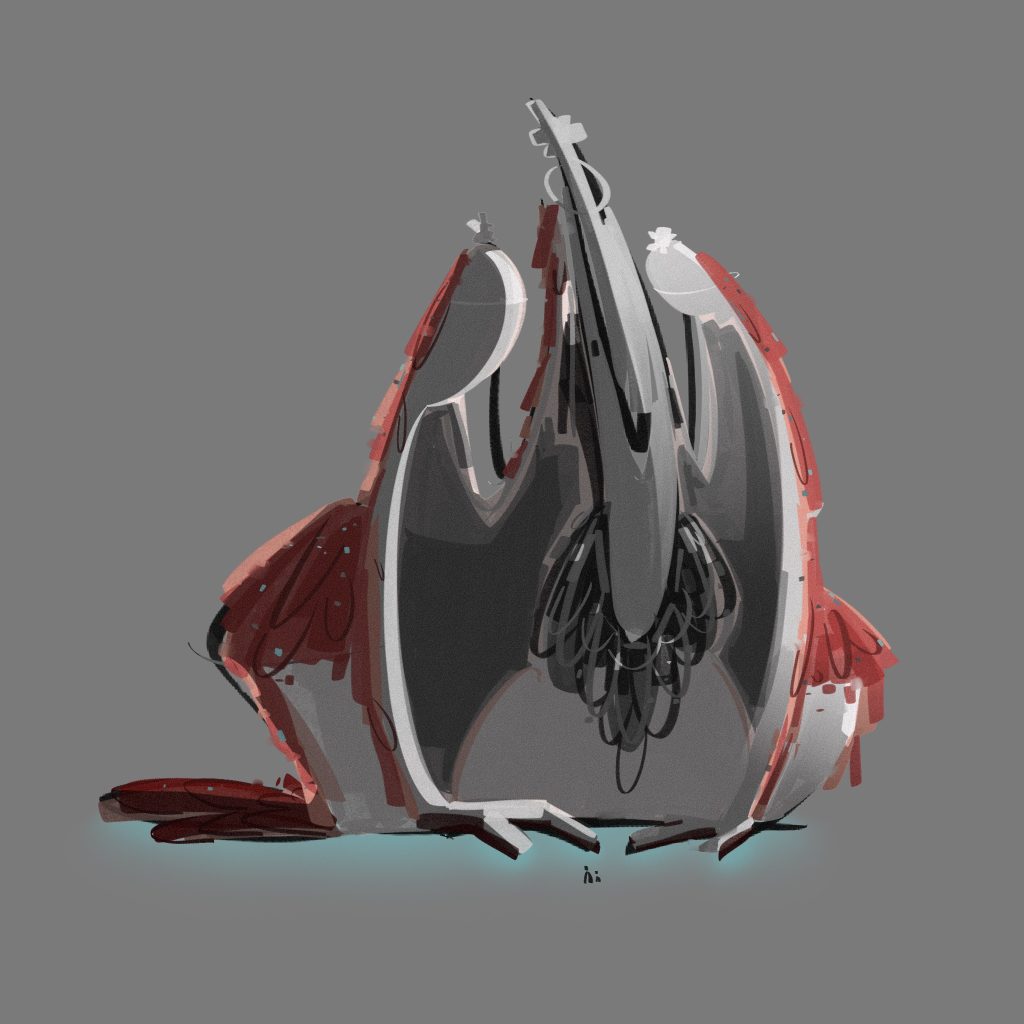I realize that design is a method to maximize respect for the object, art is a medium to maximize the subject, and animation is a bit like a game between the two.

In terms of character design, the character can be recognized as a summary of time and an inevitable result in a specific space and under specific conditions.

Thanks to rational thought, the characters themselves become recognizable. Thereby exerting its specific value. I may not say that I am a valueist, but from a design perspective, value can often quickly communicate or connect with objects from different backgrounds. This is also a purpose of commercial animation.

For character animation, the design is often simple and clear. We give different settings. This setting is based on a certain social consensus, and then through research, we summarize and organize the cultural identity under the social subconscious. The resulting visual material ultimately followed the 12 principles to make the concept convincing.


What does art mean for animation?
Personally, I believe that the definition of art will continue to change and vary from person to person. But we can indeed observe that the development of art is often regarded as a method of personal cognition and expression. So from this point of view, making a living from animation, using animation to continue learning observing and improving the expression of life itself is an art.

The pure love for visual communication or information transformation became my motivation for animation in the early days. This motivation also promotes my cognitive iteration, and the cognitive iteration prompts me to polish my animation works more carefully, so that I can recognize my own shortcomings due to the inability to integrate knowledge and action, and increase the amount of learning due to the lack of cognition. With the accumulation of information, qualitative changes occur, and cognitive iteration is carried out again.
All in all, although I did not do a lot of research this semester, I learned a lot and realized that if research becomes a habit, it will benefit our work and even life a lot.
